Unsure about how best to inject your pigs? In the first of a two-part feature, Liz Shankland has some advice on how to get the job done quickly and efficiently
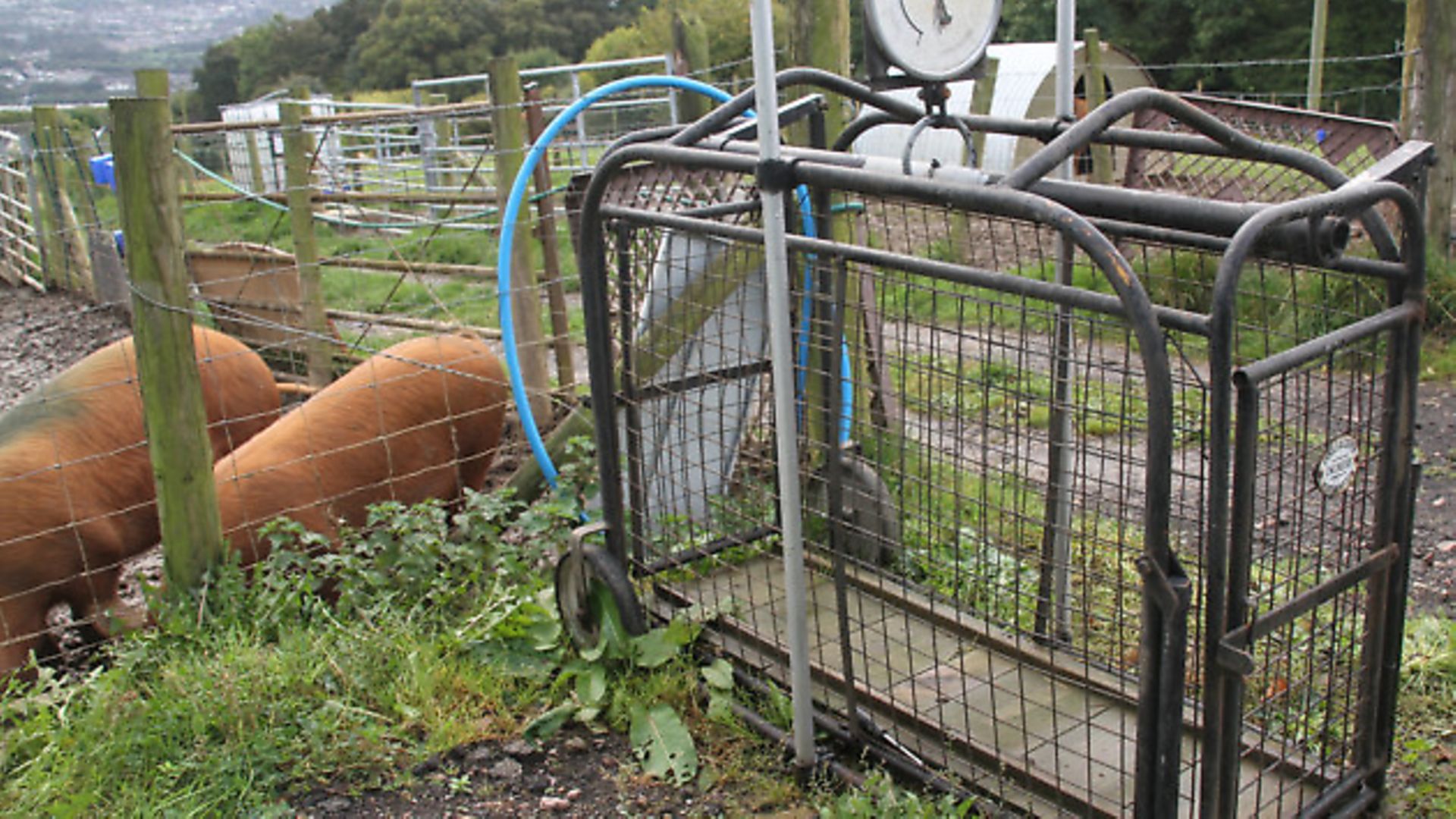
If there’s one job that fills newcomers to pig keeping with dread, it’s administering veterinary products by injection. You can practise all you like sticking needles into oranges or watching instructional videos online, but it can still be quite daunting to venture into the pig pen to be faced with a fast-moving target which appears to have a sixth sense that something dreadful is about to happen.
Giving injections is a skill which can be mastered, but it can take time. It should go without saying that, if you’re not confident you can manage a particular job, you should leave it to the professionals. Watch what your vets do and ask them to talk you through the procedure. Most vets will be more than happy to supervise your first attempt – and, by law, they have to be satisfied that you are sufficiently competent before prescribing certain drugs for you to use alone.
Unfortunately, when it comes to domesticated animals, pigs are among the most difficult of all to treat; they are extremely intelligent and not the easiest things to restrain. Whether you’re attempting to give the jab yourself, or have decided to let your vet carry out the task, you have to remember two things: firstly, you need to safely contain your pig in a small area; secondly, it’s important to act quickly, before it realises what is happening or becomes stressed by the situation.
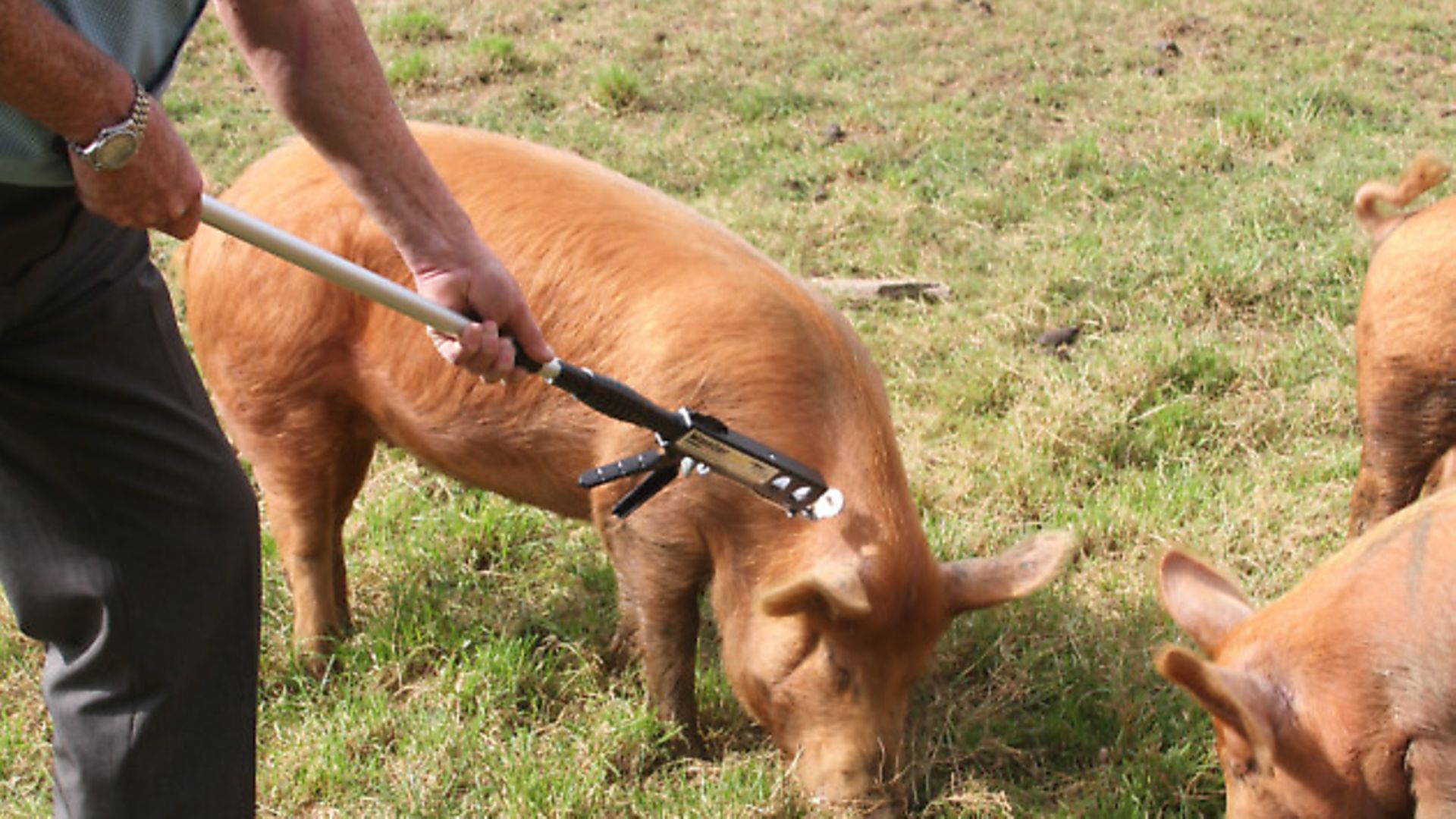
Safe restraint
Sheep can be caught and turned over, cattle can be put in a crush or haltered and tethered, but pigs – well, there is no easy way of keeping them in one place. Very young pigs like weaners can be lifted and held securely for injections, but when they get bigger, you have to think of alternatives. A weighing crate like the one shown above can be used up to about 10 months old, and I have also seen calf crushes adapted to hold bigger pigs. Although few of us who keep outdoor pigs would ever use a traditional farrowing crate to hold a sow whilst she was giving birth, they can be useful for confining a sow or a boar for various procedures, including injecting, trimming tusks, or treating wounds. If you’re handy at metal or woodwork, you may be able to create a handling pen of your own design. What you need to bear in mind is not only the need to deliver treatment effectively, but also to do it without injury to both the pig and yourself. Safety must be uppermost in your mind at all times.
Snaring is an effective way of holding a pig where you want it. Few pigs – regardless of size or strength – will fight a snare or ‘snitch’ once it is properly secured. You can buy a purpose-made snare – an expandable metal loop attached to a long handle – or make your own noose using strong rope or even plaited baler twine. The loop is placed in the mouth, over the top jaw and snout, and is taken as far back as possible before being tightened. The noise of the pig protesting will be horrendously loud at first, but once it realises that fighting against the snare causes pain, and that staying still is a much better option, it normally quietens down and stops pulling. Ear plugs may be handy, though.
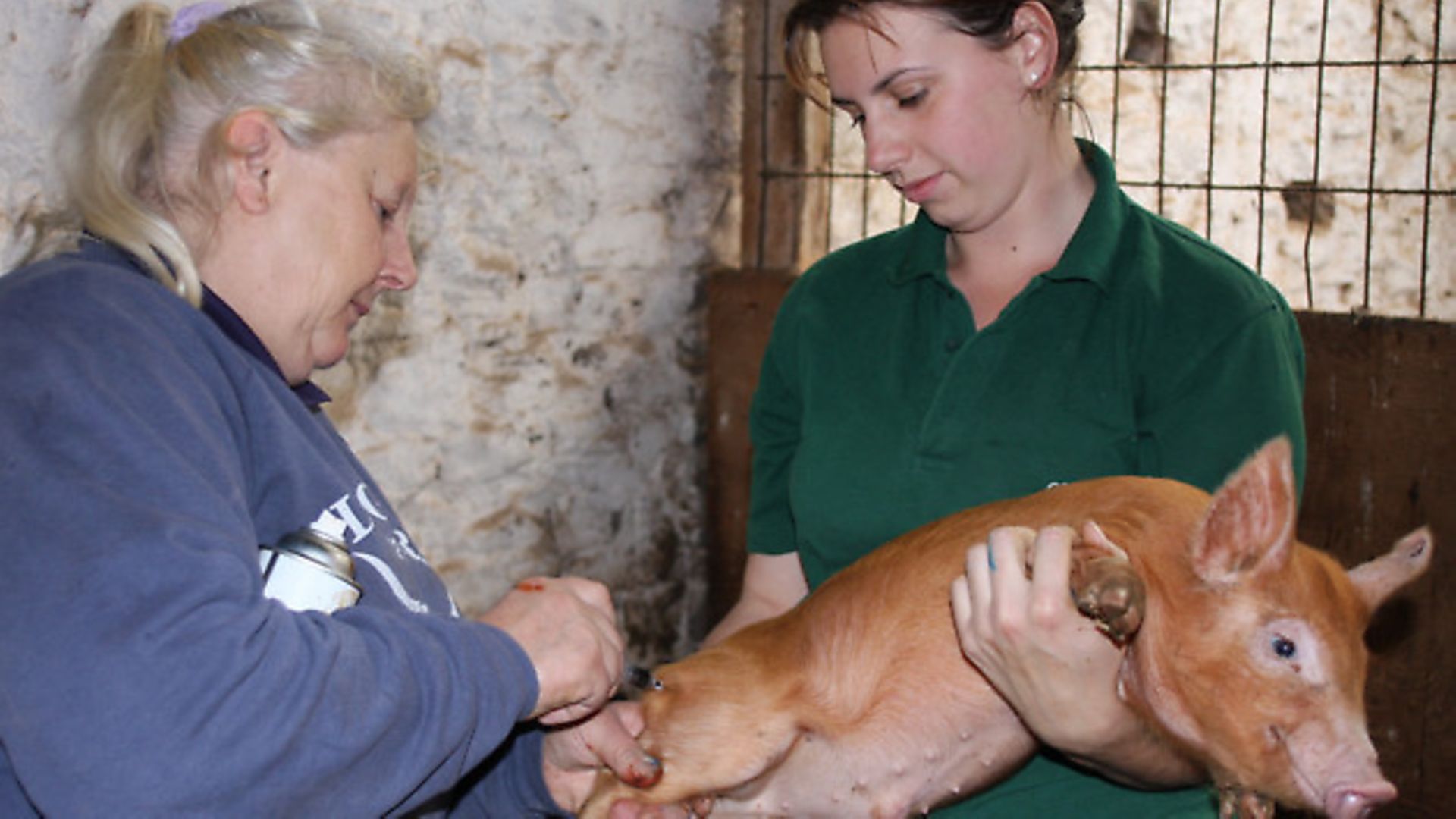
Alternatives to restraint
Keeping your patient still while you inject is the ideal way of administering treatment, but what if you can’t? There may not be handling facilities available, or you may be short of a helper. You could, of course, try persuading a pig into standing still by using food. Relaxed and well-handled pigs will often feed out of a bucket for long enough for you to give a jab – but what if you miss and the pig runs off? What if the needle breaks, the medication is wasted, and the pig is completely spooked and won’t come near enough to allow you a second attempt? It’s a common scenario which lots of us have experienced. Often, injections have to be repeated over several days, so finding a way to complete the course of treatment is essential.
One clever little bit of kit which can make life easier is the Slap Shot – a long, thin, plastic tube which is fitted with a needle at one end and a syringe at the other – see above. What it does is extend the length of your syringe – and the time you have to deliver the injection. When you stick a needle into a pig, the natural reaction is for it to move away from the thing causing it pain – and with a conventional syringe, that normally means the needle comes out of the skin. However, with the Slap Shot, the needle stays in the skin and, thanks to the flexible tube, the medicine can still be injected. This works particularly well when you have to administer a large dose, which inevitably takes longer than a small measure, or a thicker substance. There is a bit of a knack to avoiding air bubbles in the tube, but it’s really worth persevering, because, once you get the hang of it, you’ll wonder how you ever managed without it. The device uses screw-in Luer lock needles, so there should be no more scrabbling around in the mud for missing ones yanked out. I prefer to use the all-metal, reusable needles, which are far stronger and more reliable. Designed in the United States by a farmer, the Slap Shot is available from various online stores, but prices vary between around £12 to more than £20. I have seen them advertised on US websites for as little as $5 (around £3), so if you know anyone planning a visit, it might be worth sending them shopping!
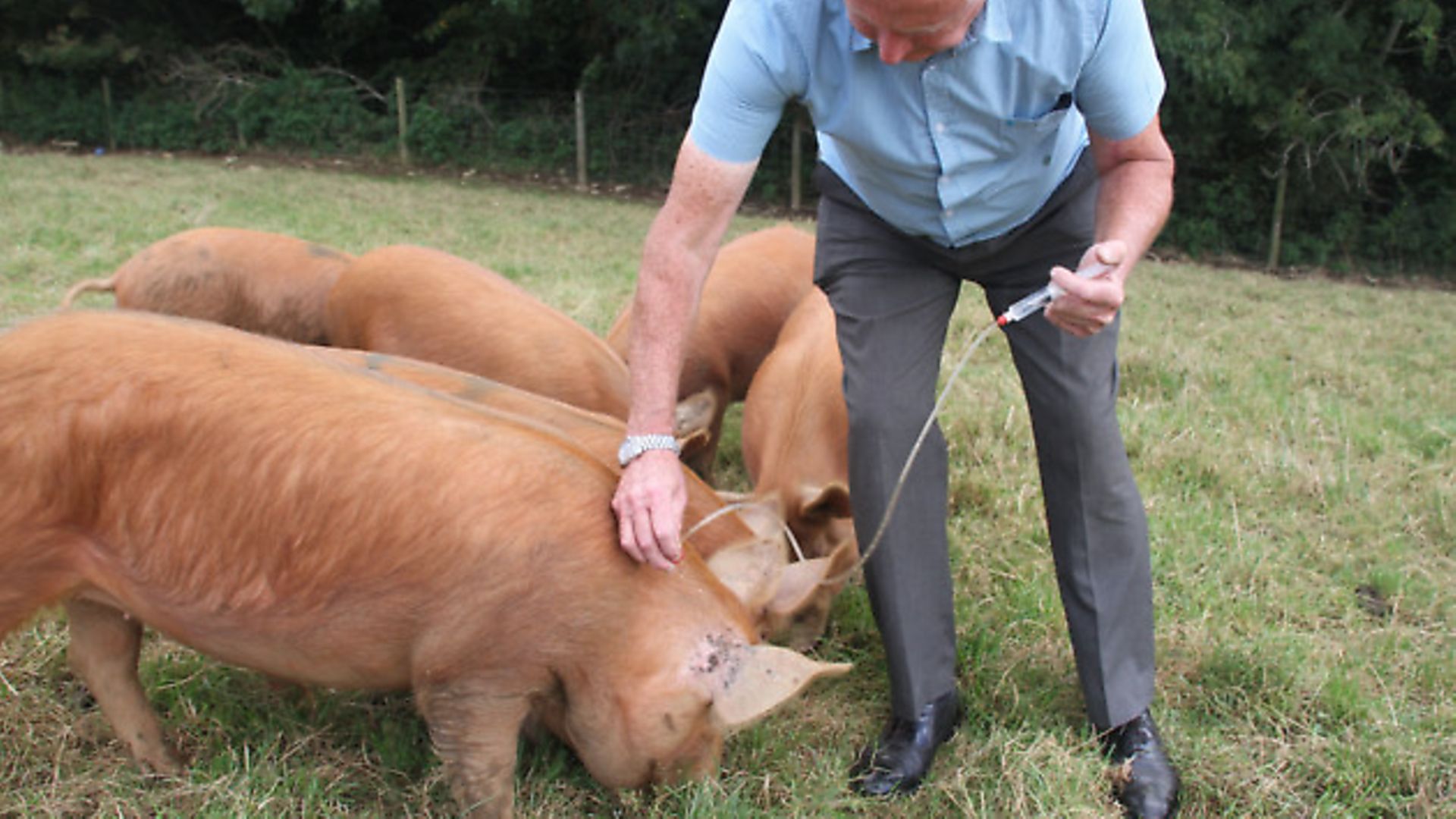
Pole injectors
A more high-tech – and much more expensive – piece of kit for injecting from a distance is the Masterject. Suitable for pigs, cattle, deer, camelids, and other large animals, it’s a spring-loaded injector which delivers a dose on contact, without need to even press a trigger. It has an extendable pole, so drugs can be administered from as far as five feet away. The manufacturers suggest it can even be used whilst sitting in a vehicle or even on horseback!
The big advantage is that it can be used from a safe distance – particularly useful in the treatment of animals which are aggressive due to injury or illness, or which are particularly nervous. Syringes can be filled in the normal way (see next month’s CS for correct procedure) or can be inserted into the Masterject empty and medication drawn up by pulling on the trigger. The downside is the price. At £234, it may be out of many smallholders’ reach, but some people I’ve spoken to say it’s one of the best investments they’ve ever made. One option might be to share the cost with a neighbour or maybe even a smallholders’ association, but there would have to be clear rules laid down regarding care and maintenance of the equipment, to ensure it was kept in good working order.
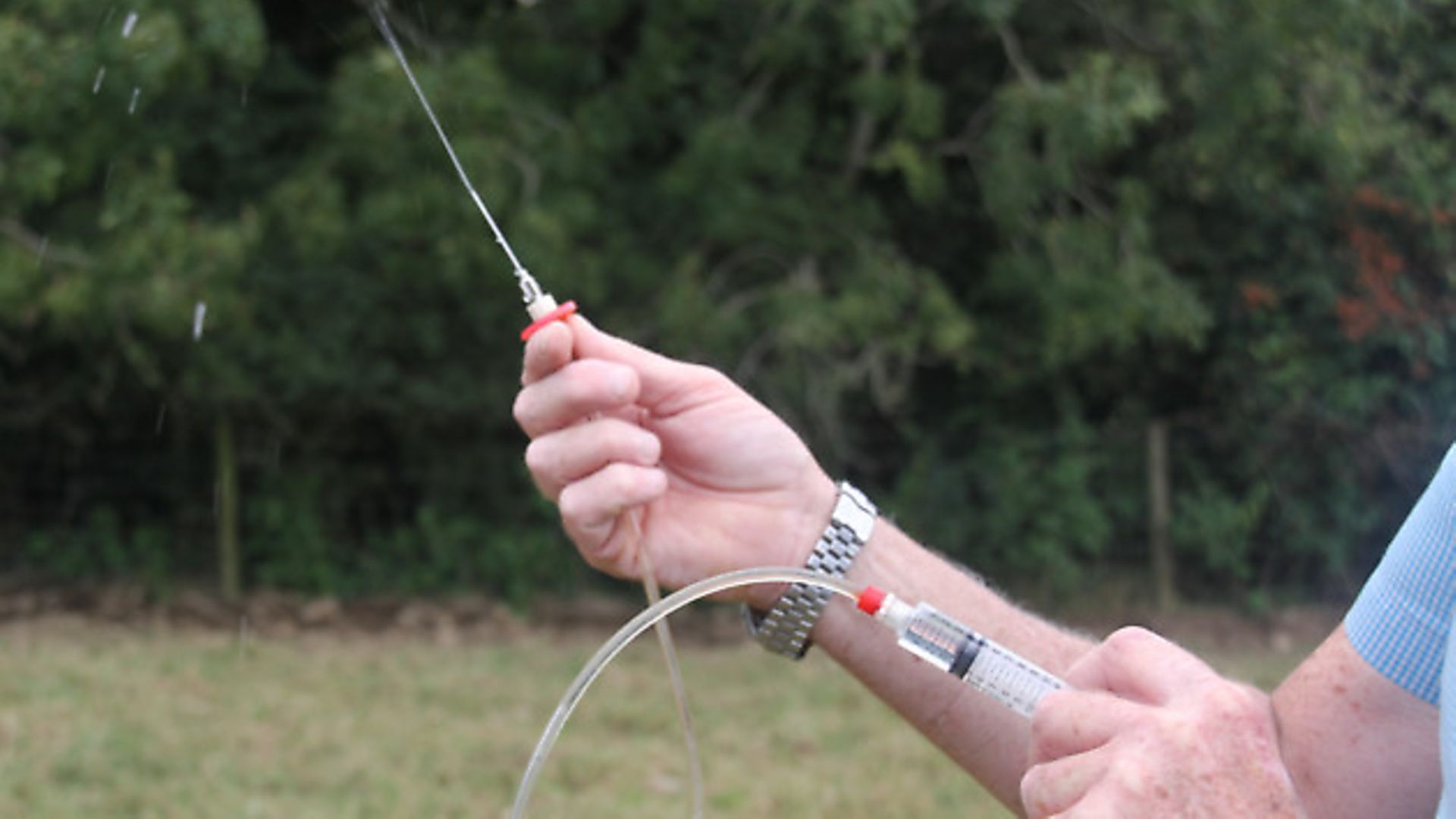
PART 2 in the january issue of country smallholding: different types of injections, techniques used, and regulations surrounding the use of veterinary medicines.
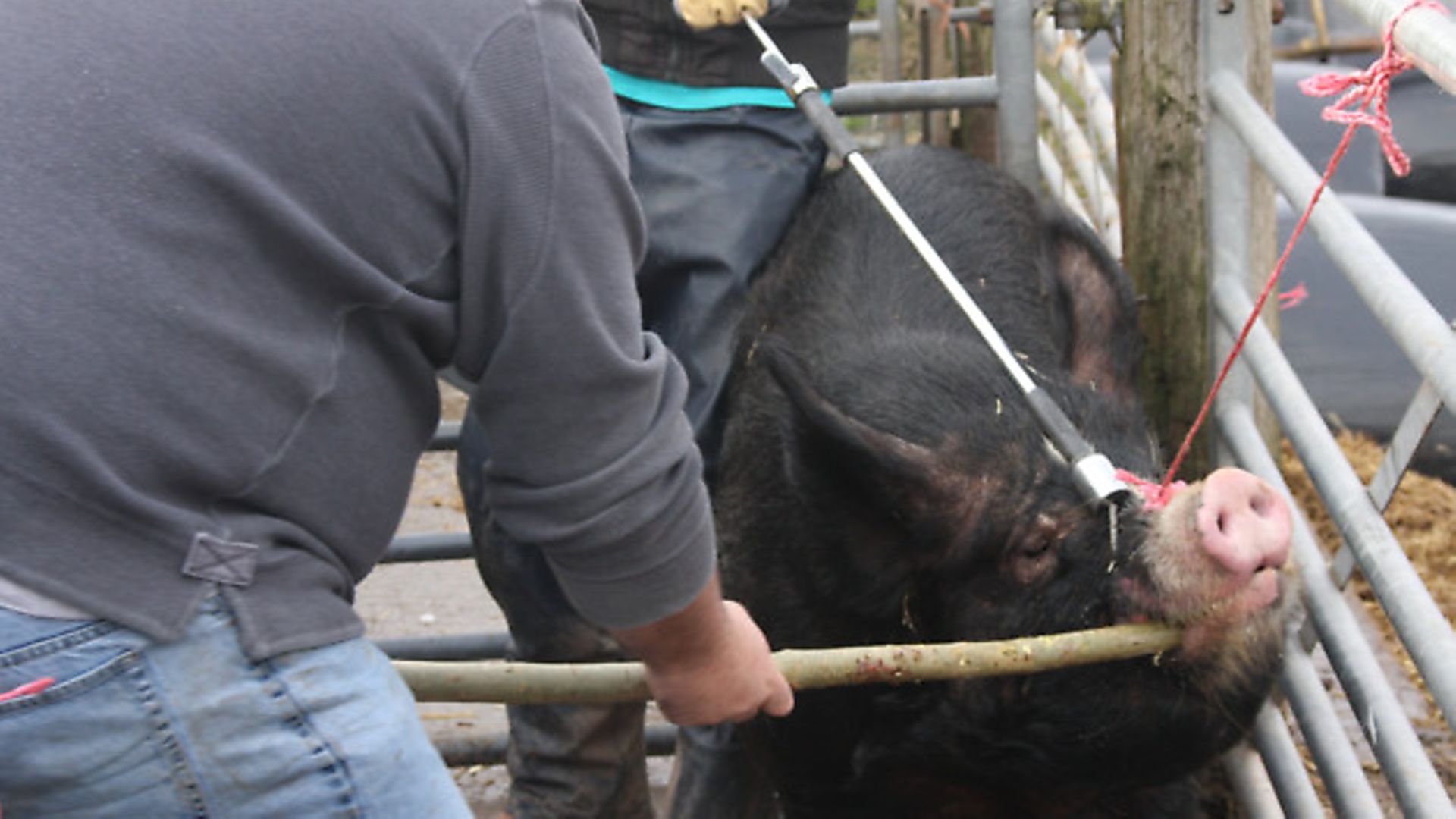
Image(s) provided by:
Archant







